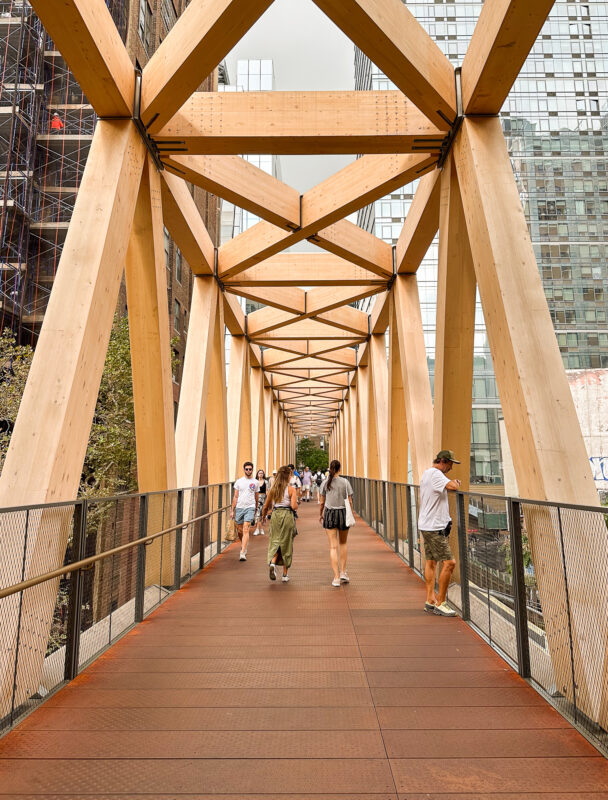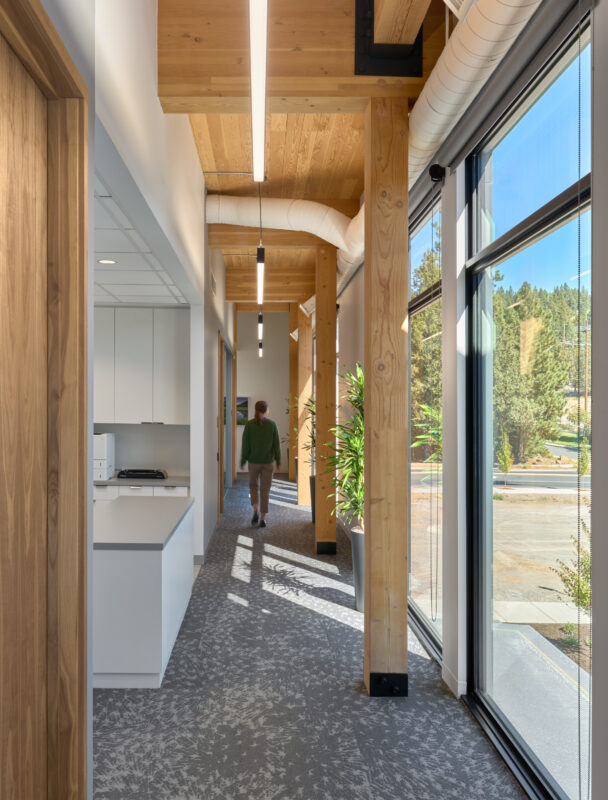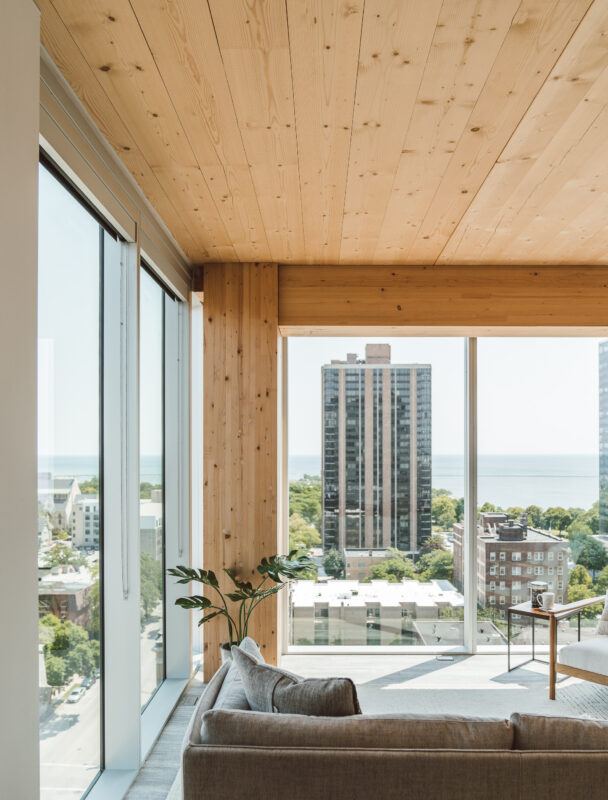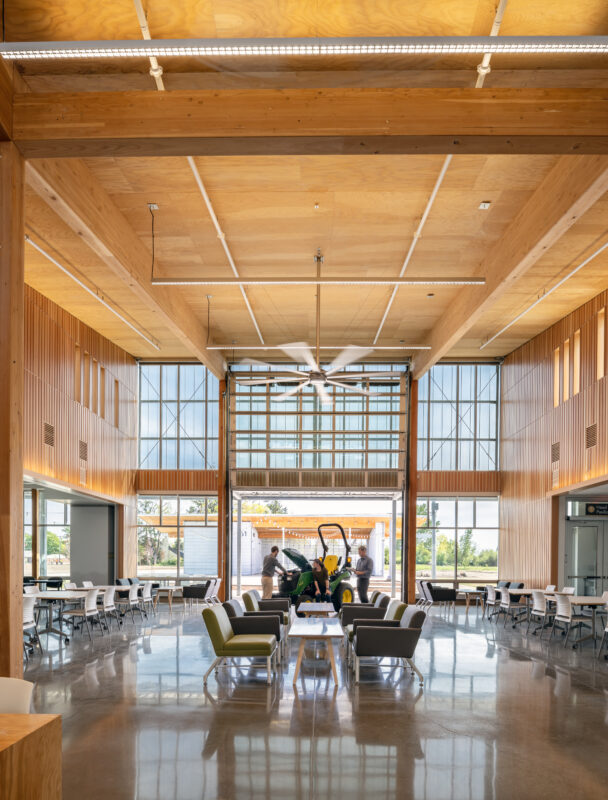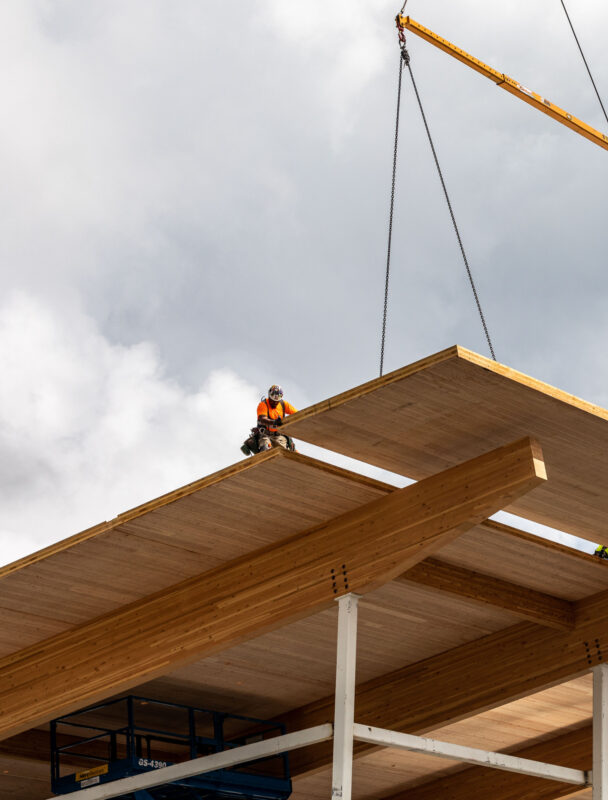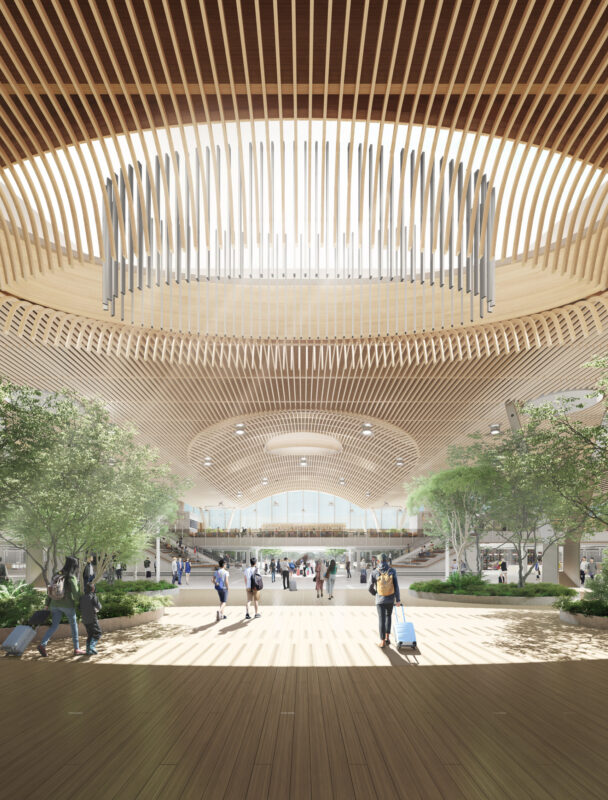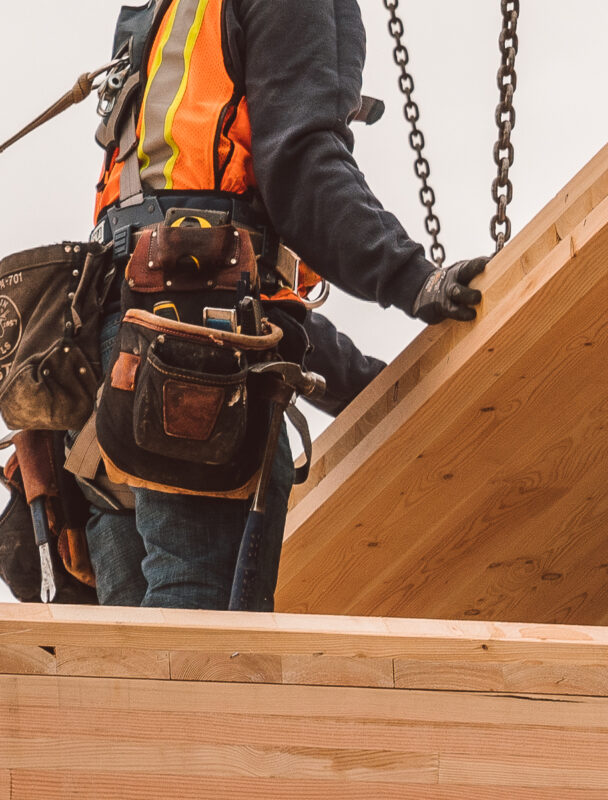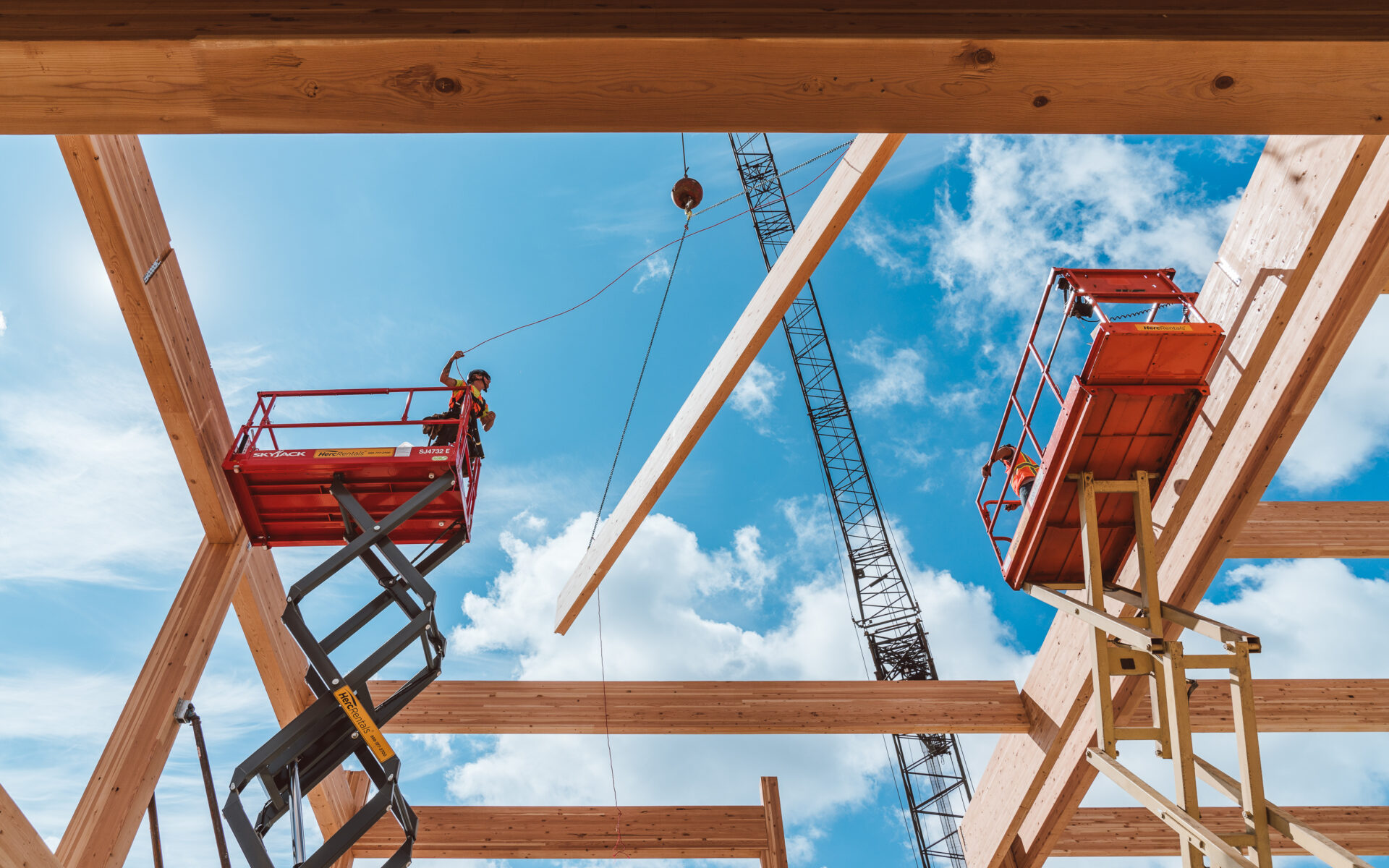
WHY MASS TIMBER
Mass Timber is the Future of Sustainable Construction
Mass timber construction is revolutionizing the built environment. Utilizing large, prefabricated timber elements, this innovative material is structurally comparable to concrete and steel, allowing buildings to be erected taller and faster than traditional methods. Timberlab is at the frontlines of mass timber construction and industry innovation, helping developers and designers take their mass timber projects to new heights.
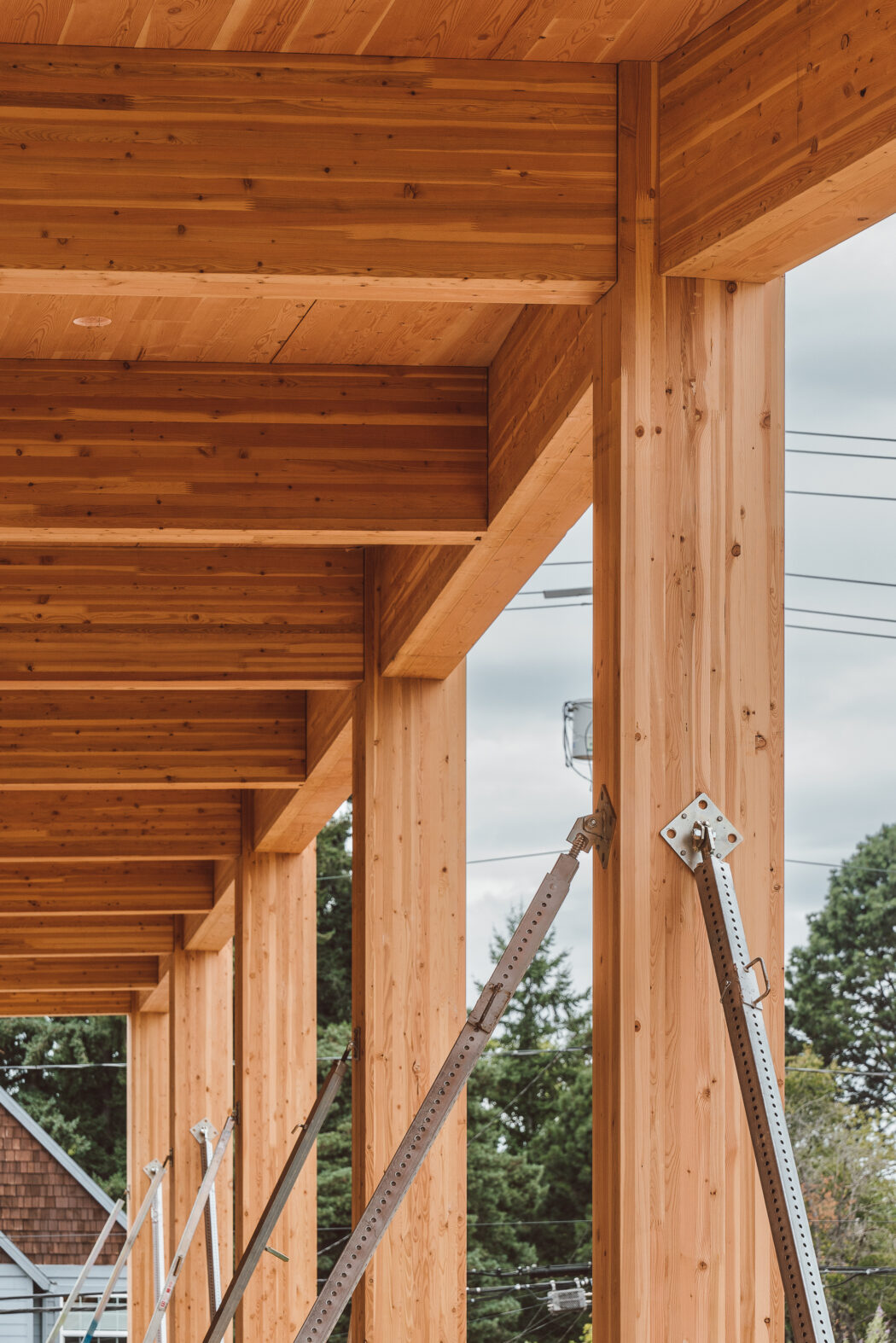
BUILD FASTER FOR LESS
One of the leading benefits of opting for mass timber is the enhanced speed of construction, especially for mid-rise and high-rise applications. With its advantages in precision and the efficiency of off-site fabrication, mass timber components, such as Cross-Laminated Timber (CLT) and Glued-laminated Timber (Glulam), are manufactured in controlled environments, ensuring exact measurements and tolerances are met. The process of generating a package of pre-fabricated materials minimizes on-site adjustments and accelerates the construction timeline. The lightweight nature of timber as a structural building material also reduces the need for heavy machinery and complex foundations, further streamlining the building process. Across multiple building types, Timberlab has successfully delivered a mass timber system that is 4% faster than traditional concrete and steel in the same application. Timberlab has proven project delivery with early cost certainty at rates up to 20% faster than conventional construction. We take critical steps to engage our trade partners early, maximize prefabrication, and deliver a “kit of parts” to assemble against the digital twin in the design phase.
Additionally, the modularity of mass timber elements allows for rapid assembly, similar to piecing together a sophisticated puzzle. Pre-fabricated panels can be quickly erected, reducing labor hours and associated costs. Moreover, the increased speed at which a mass timber building can be delivered does not compromise safety or structural integrity; in fact, mass timber's strength and resilience can continually meet— and or—exceed conventional materials. The reduced construction time translates to earlier project completion and occupancy, providing a compelling economic incentive for developers and investors to pursue mass timber. As a result, embracing timber as a primary structural system is an environmentally sustainable choice and a smart, efficient solution for modern construction demands. With the demand growing for Mass Timber, owners can quickly secure occupancy and long-term leases.
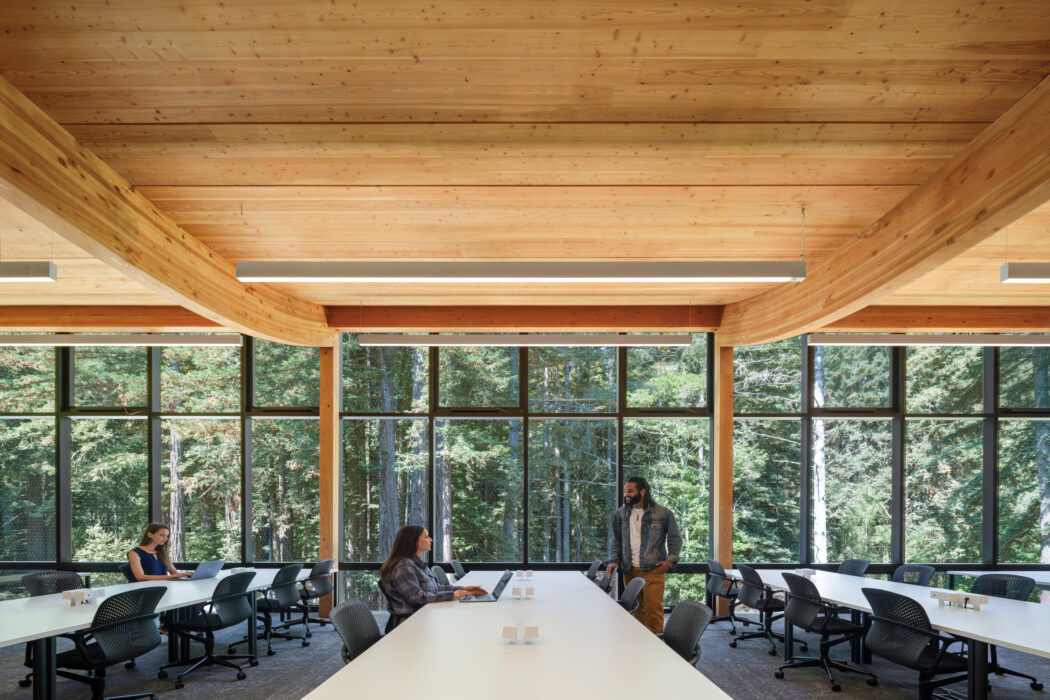
BETTER + HEALTHIER SPACES
Research has shown that occupying a mass timber building can lead to measurable improvements in well-being and productivity. A study by the University of British Columbia and FPInnovations found that people working in offices with natural wooden surfaces reported higher levels of well-being and reduced stress than those in conventional office environments. Specifically, occupants in these biophilic spaces experienced a 15% increase in perceived well-being and a 6% reduction in stress levels.
Moreover, mass timber buildings have been associated with improved air quality and thermal comfort, enhancing overall indoor environmental quality. The natural humidity-regulating properties of wood contribute to a healthier indoor climate, reducing the need for artificial climate control and promoting energy efficiency. This is particularly beneficial in educational settings, where improved air quality and comfortable temperatures have been linked to enhanced student performance and concentration. Education continues to be one of the fastest-growing markets for mass timber, with innovative projects coming out of Oregon State University, the University of Santa Cruz, and the University of Southern Maine.
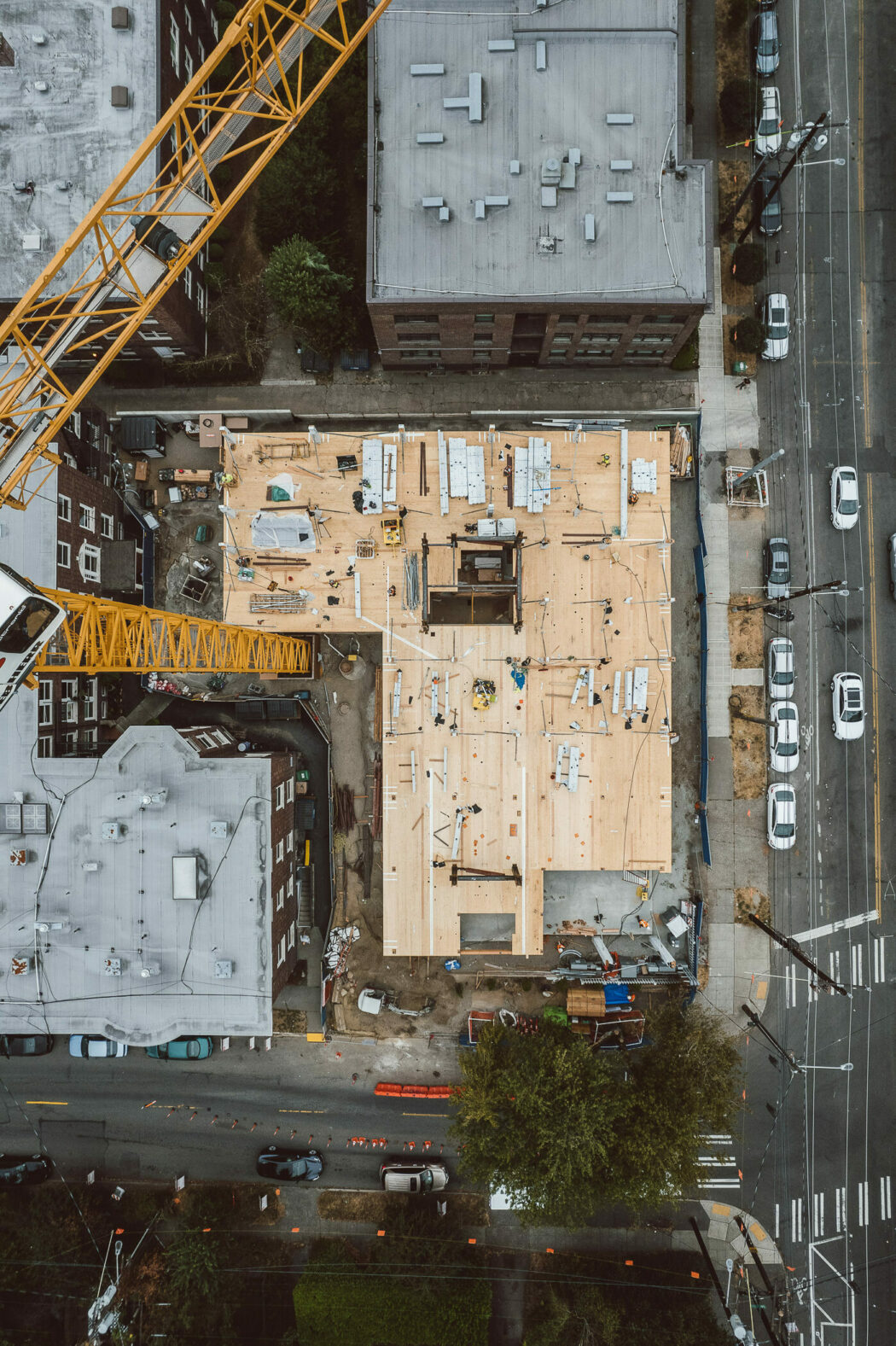
REDUCE NOISE + MAXIMIZE INFILL
Let's face it. Cities need to build more and they need to infill land to maximize urban density. The AEC industry has recently turned to mass timber for its myriad of benefits when it comes to on-site noise reduction and urban infill advantages. In residential areas, where noise reduction is paramount for enhancing the quality of life, installing a mass timber system is vastly less intrusive in the surrounding neighborhood than in conventional concrete and steel buildings. One of the key advantages of timber as a structural building material is its inherent acoustic properties. CLT and Glulam's dense, solid structure provides excellent sound insulation, effectively dampening both airborne and impact noises. The acoustic performance of these materials is particularly beneficial in multi-family housing and urban infill projects, where minimizing noise transmission between units is essential for creating peaceful living environments.
Research has shown that mass timber can outperform traditional construction materials like concrete and steel in terms of sound attenuation. For example, research conducted by the Building Research Establishment (BRE) found that mass timber panels can achieve sound insulation ratings of up to 60 decibels, reducing the intrusion of external noise and enhancing indoor acoustic comfort. This noise reduction contributes to a more serene and enjoyable living space and supports better sleep quality, concentration, and overall well-being for residents.
The precision and quality control inherent in the off-site fabrication of mass timber components further enhance their acoustic performance. The tight connections and seamless integration of panels reduce gaps and air leaks, which are common sources of noise transmission in conventional construction. This meticulous attention to detail ensures that mass timber buildings offer superior acoustic performance, making them an ideal choice for residential infill projects aiming to provide quiet, comfortable, and high-quality living spaces. By choosing mass timber, developers and architects can create residential areas that meet the demands of urban density and prioritize the acoustic well-being of their occupants. Timberlab recently completed the nation's first Type IV-C tall timber structure in Seattle, Washington. The 8-story residential building was able to achieve this height because of the unique characteristics that only mass timber can provide in tighter urban applications.
Learn More about the Heartwood Project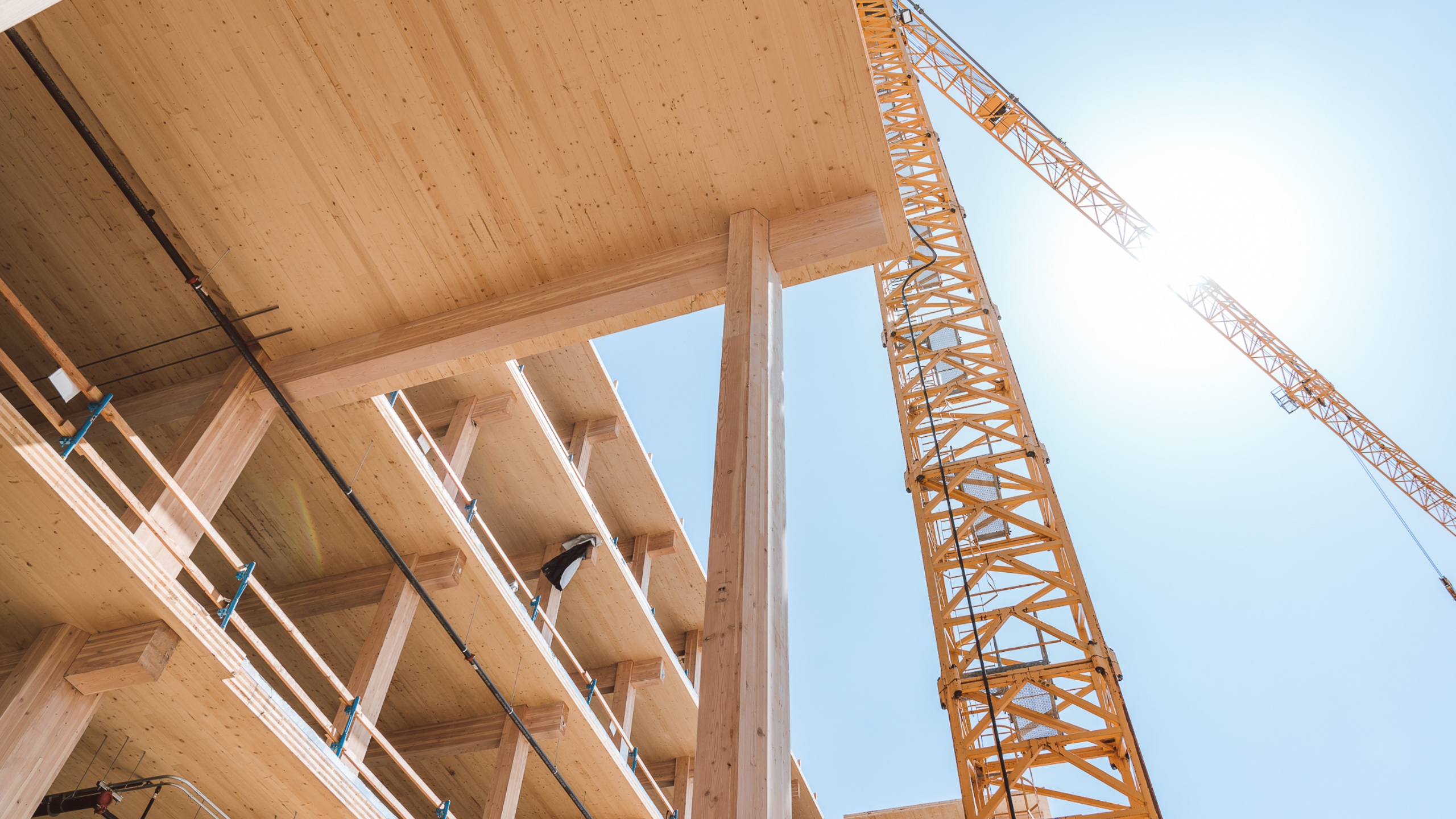
LEADERS IN MASS TIMBER
Emerging from Swinerton Mass Timber, Timberlab was one of the first adopters of mass timber construction in the United States. Our team erected some of the earliest mass timber projects along the West Coast, including First Tech Community Credit Union, Hidden Creek Community Center, and University of Oregon's KCASI Building. From aesthetically-rich residential timber towers to corporate office campus concepts, our team can deliver a wide-range of building types. We work with ownership and design teams to ensure that mass timber is optimized to its highest and best use to ensure a low-carbon impact on construction-related emissions.
Get Your Next Mass Timber Project Started